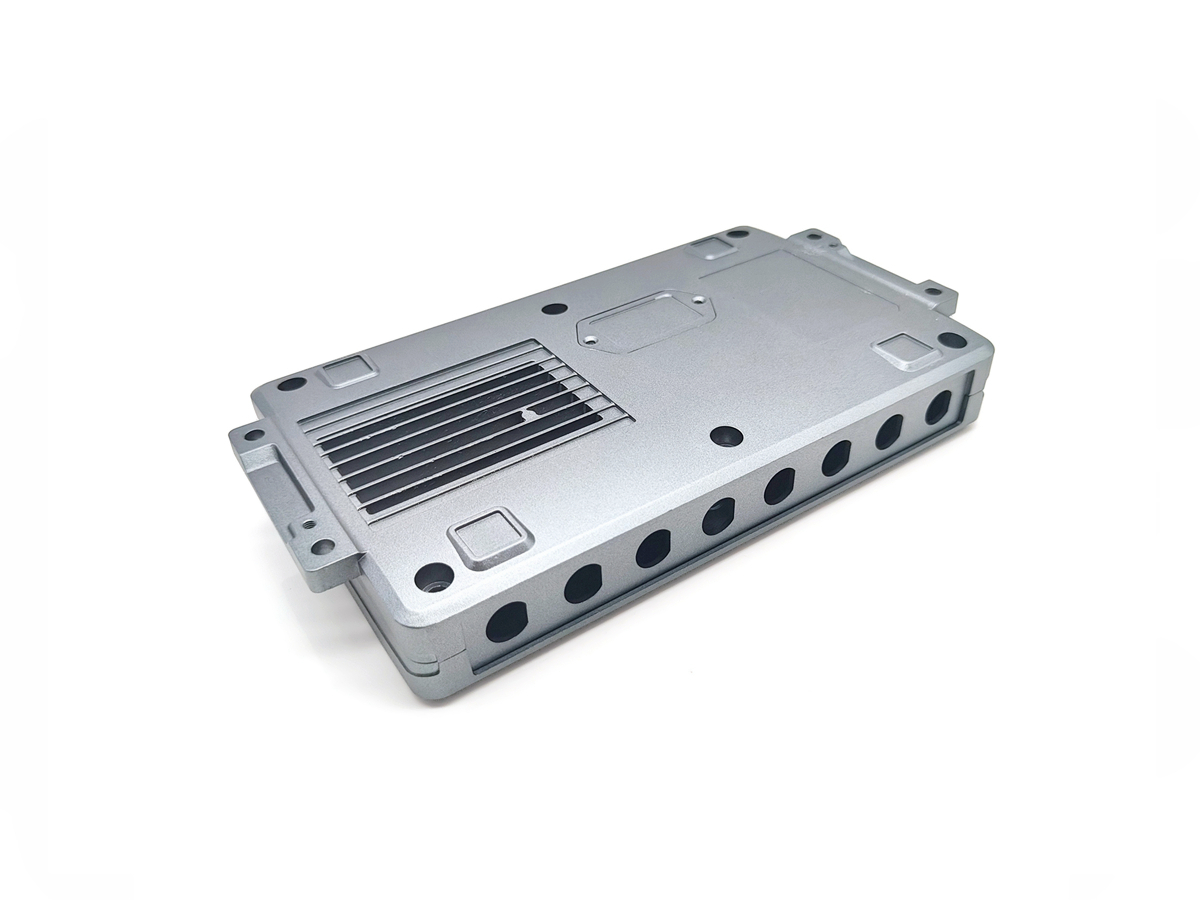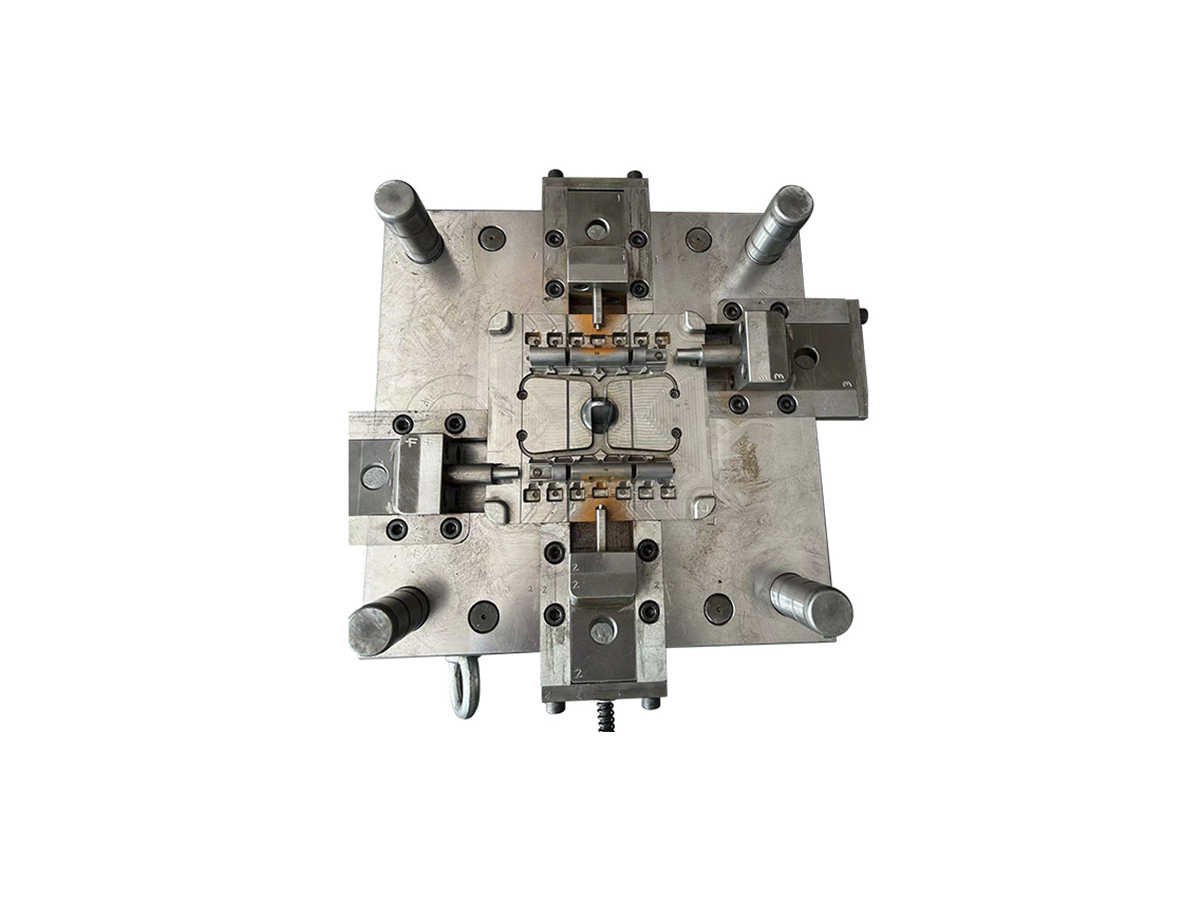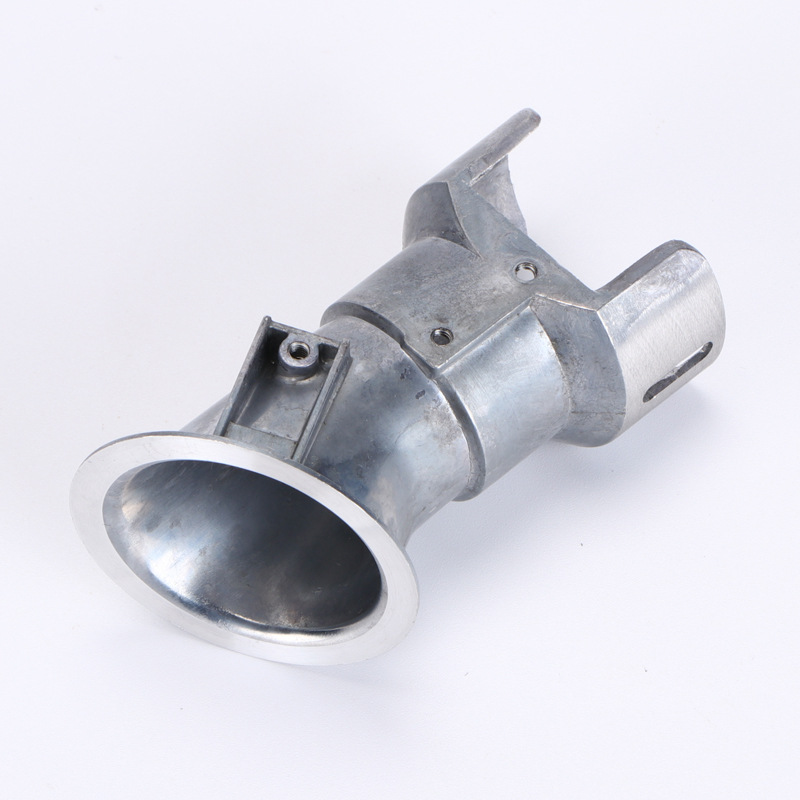Tungsten Carbide
Introduction to Tungsten Carbide
Tungsten carbide is a sintered composite material composed of tungsten carbide particles and a metallic binder, typically cobalt. Renowned for its extreme hardness, thermal resistance, and compressive strength, it is widely used in precision dies and wear-resistant inserts for high-pressure die casting and metal forming operations.
At Neway Die Casting, tungsten carbide is used in specialized tooling applications that demand exceptional durability under abrasive wear, high loads, and elevated temperatures.
Tungsten Carbide Chemical Composition (Typical WC-Co Grade)
Component | Weight % | Function |
|---|---|---|
Tungsten Carbide (WC) | 85–95 | Primary phase, provides hardness and wear resistance |
Cobalt (Co) | 5–15 | Binder phase, offers toughness and impact strength |
Trace elements (TiC, TaC, NbC) | ≤ 1 | Grain refinement, oxidation resistance |
Grades with lower cobalt offer higher hardness, while higher cobalt improves impact resistance.
Physical Properties of Tungsten Carbide
Property | Value & Unit |
|---|---|
Density | 14.5–15.1 g/cm³ |
Melting Point (WC) | ~2870 °C |
Thermal Conductivity | 84–100 W/m·K |
Coefficient of Thermal Expansion | 4.5–6.5 µm/m·°C |
Electrical Conductivity | 2.5–5 % IACS |
Hardness | 1400–1900 HV30 |
Tungsten carbide’s thermal and structural stability under load is unmatched among tool materials.
Mechanical Properties (Typical WC-12Co)
Property | Value & Unit |
|---|---|
Compressive Strength | >6000 MPa |
Modulus of Elasticity | 530–700 GPa |
Transverse Rupture Strength | 2200–3000 MPa |
Fracture Toughness (K_IC) | 8–15 MPa·m¹/² |
Hardness | ~90 HRA |
These properties ensure die life longevity in high-volume, high-pressure casting environments.
Die Casting Tooling Characteristics
Tungsten carbide is favored in die casting tooling for extreme conditions:
Outstanding resistance to thermal cracking and erosion
Superior dimensional stability under repeated thermal cycling
Low coefficient of friction reduces galling and soldering
Exceptional compressive strength to withstand shot pressures exceeding 1500 bar
At Neway, tungsten carbide is implemented in critical die sections such as:
Core pins and ejector pins
Gate inserts and plunger tips
Die bushings and thermal-resistant mold cavities
Common Applications
Tungsten carbide is applied where tool life and surface durability are critical:
Aluminum and copper alloy die casting inserts
Automotive transmission mold cavities
Precision ejector pins in mass production tools
Valve seats and wear pads for fluid control
High-pressure nozzle and gate sections
Machining Challenges and Solutions
Due to its extreme hardness and brittleness, tungsten carbide presents significant machining challenges:
Cannot be conventionally milled or drilled—requires grinding or EDM
Brittle failure may occur under improper fixturing
Heat buildup during finishing must be minimized
Neway’s advanced machining process includes:
High-precision wire EDM for complex geometries
Diamond wheel grinding for ±0.002 mm tolerance finish surfaces
Laser structuring and polishing for critical sealing applications
Surface Treatment Compatibility
While naturally hard and corrosion-resistant, tungsten carbide can also benefit from:
PVD coatings to reduce friction in sliding interfaces
Polishing or lapping for mirror-grade surfaces
Ion implantation or nitriding for fatigue resistance in mold inserts
FAQs
What are the differences between tungsten carbide and tool steels like H13 or D2?
Can tungsten carbide be used for full die sets or just inserts?
How do you machine complex features in tungsten carbide components?
What is the typical die life of WC-based inserts under aluminum casting?
Is cobalt binder content customizable for toughness vs hardness trade-offs?



